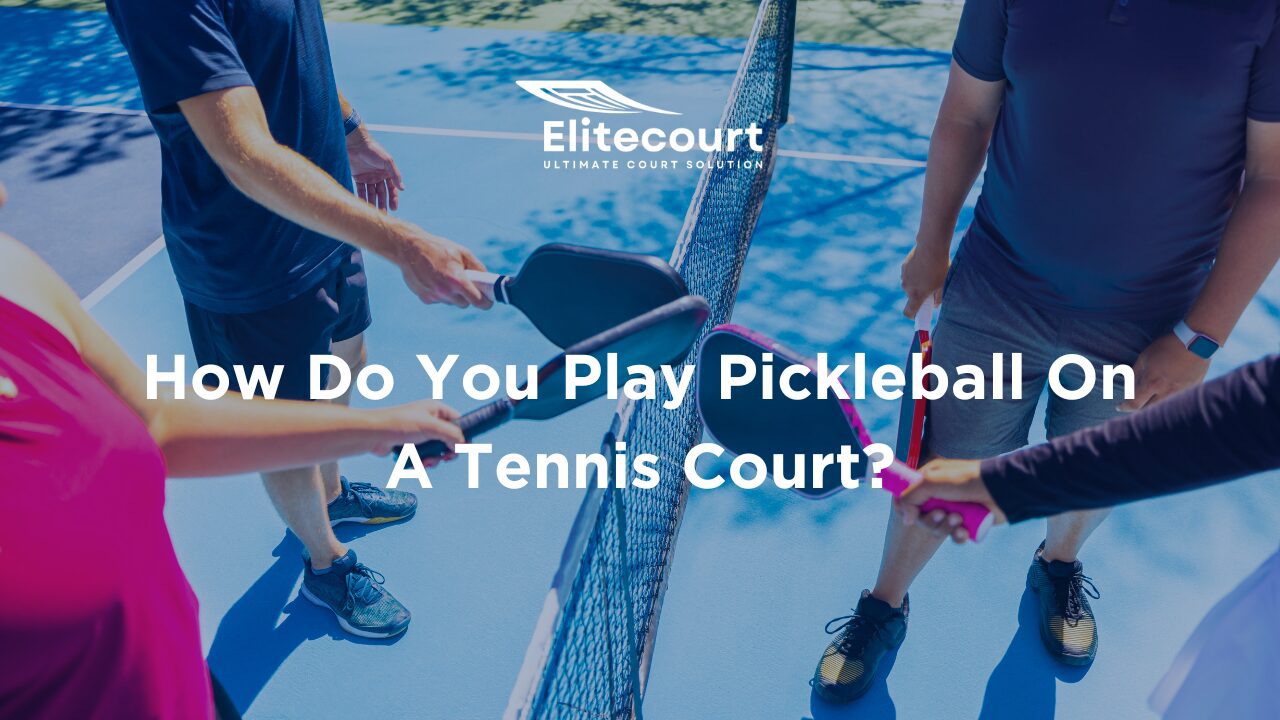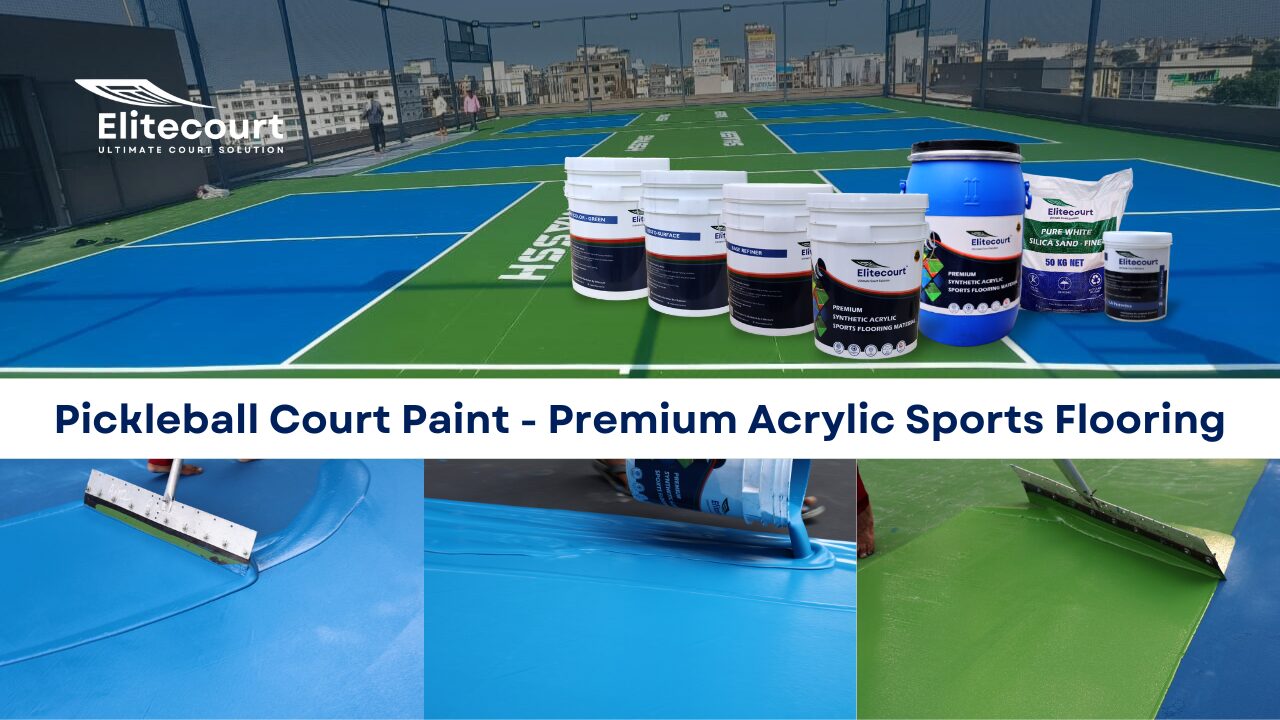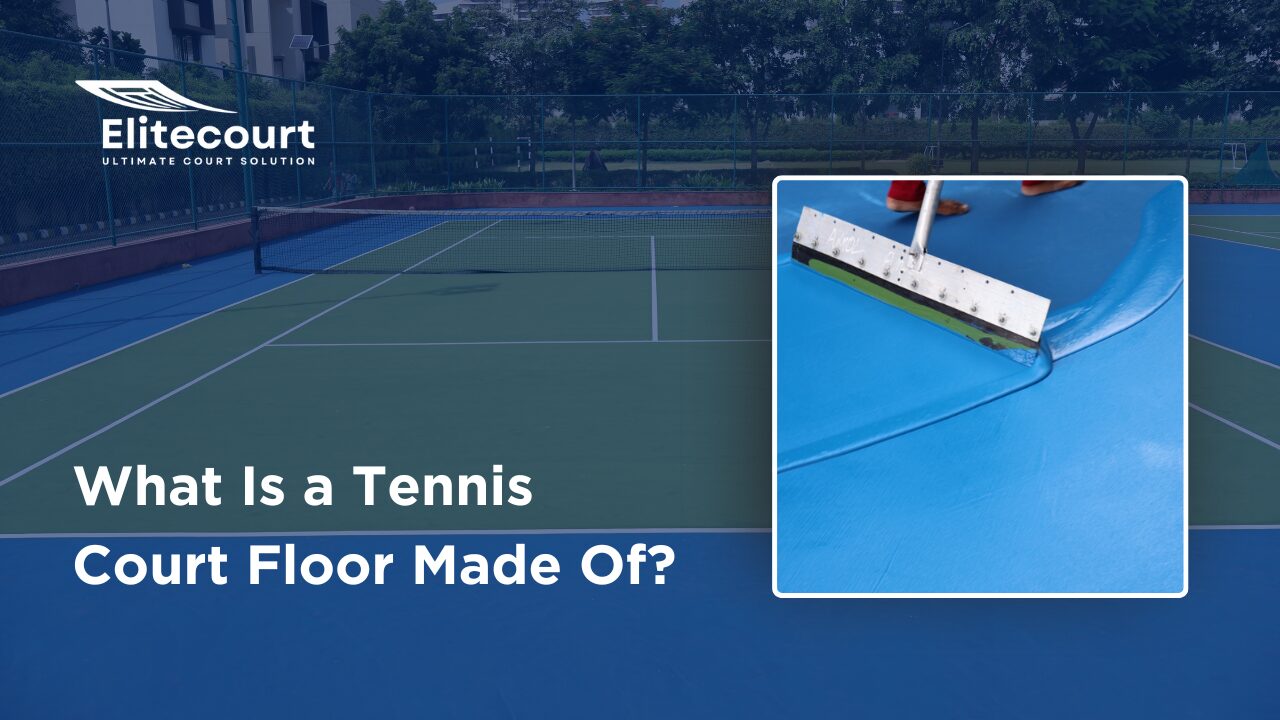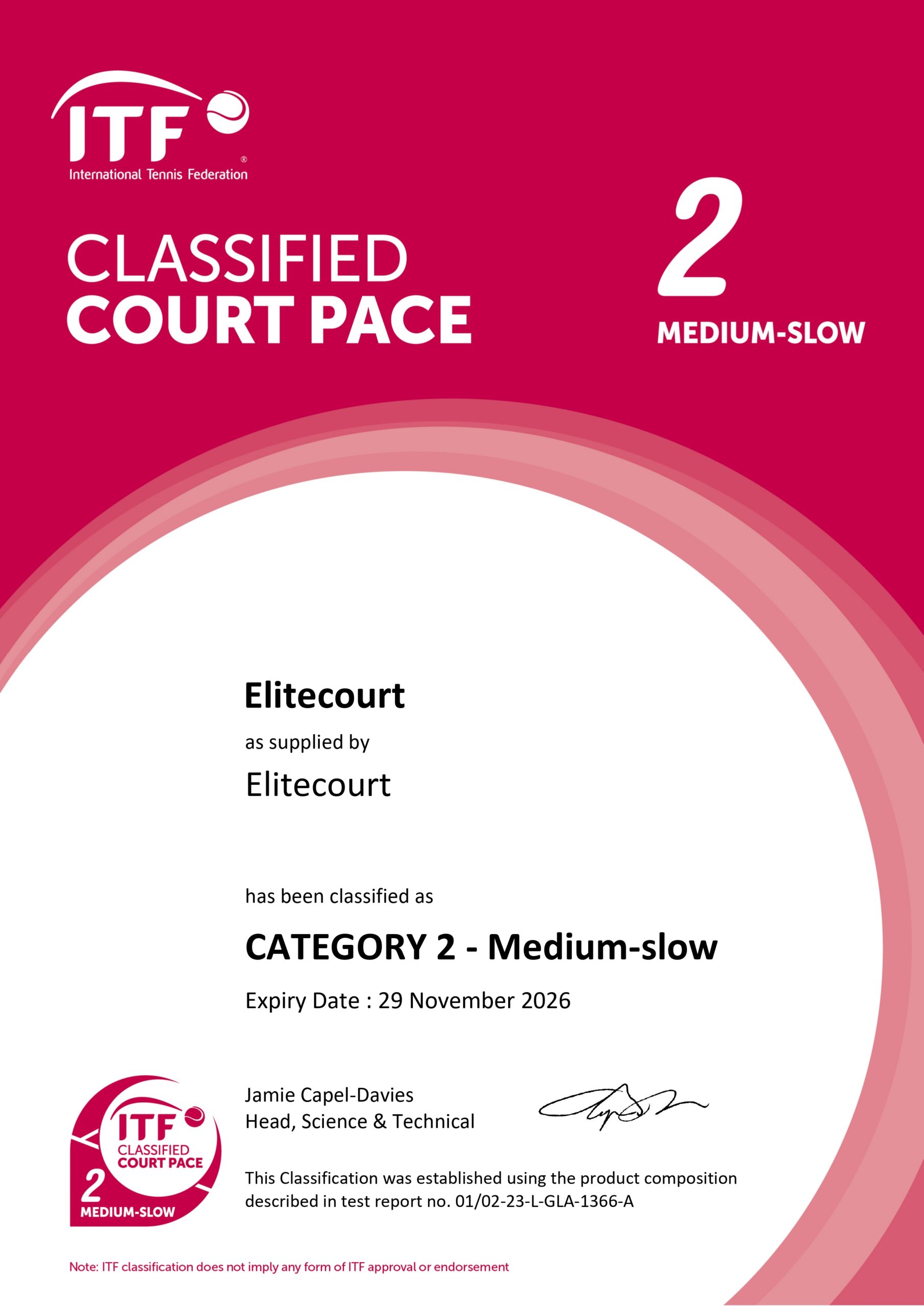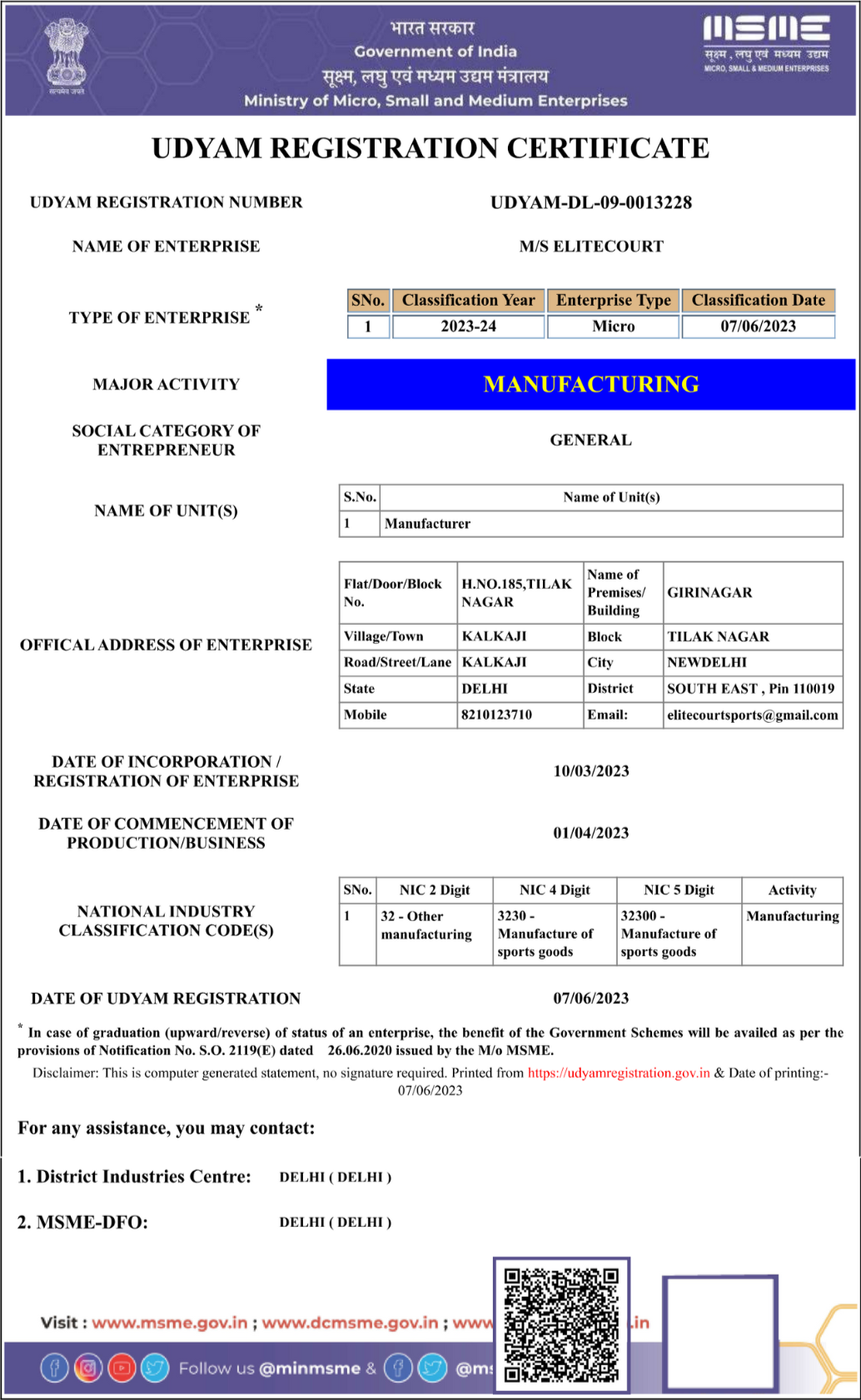Comparing Hard Tennis Courts to Grass Court: Why Hard Courts Outperform
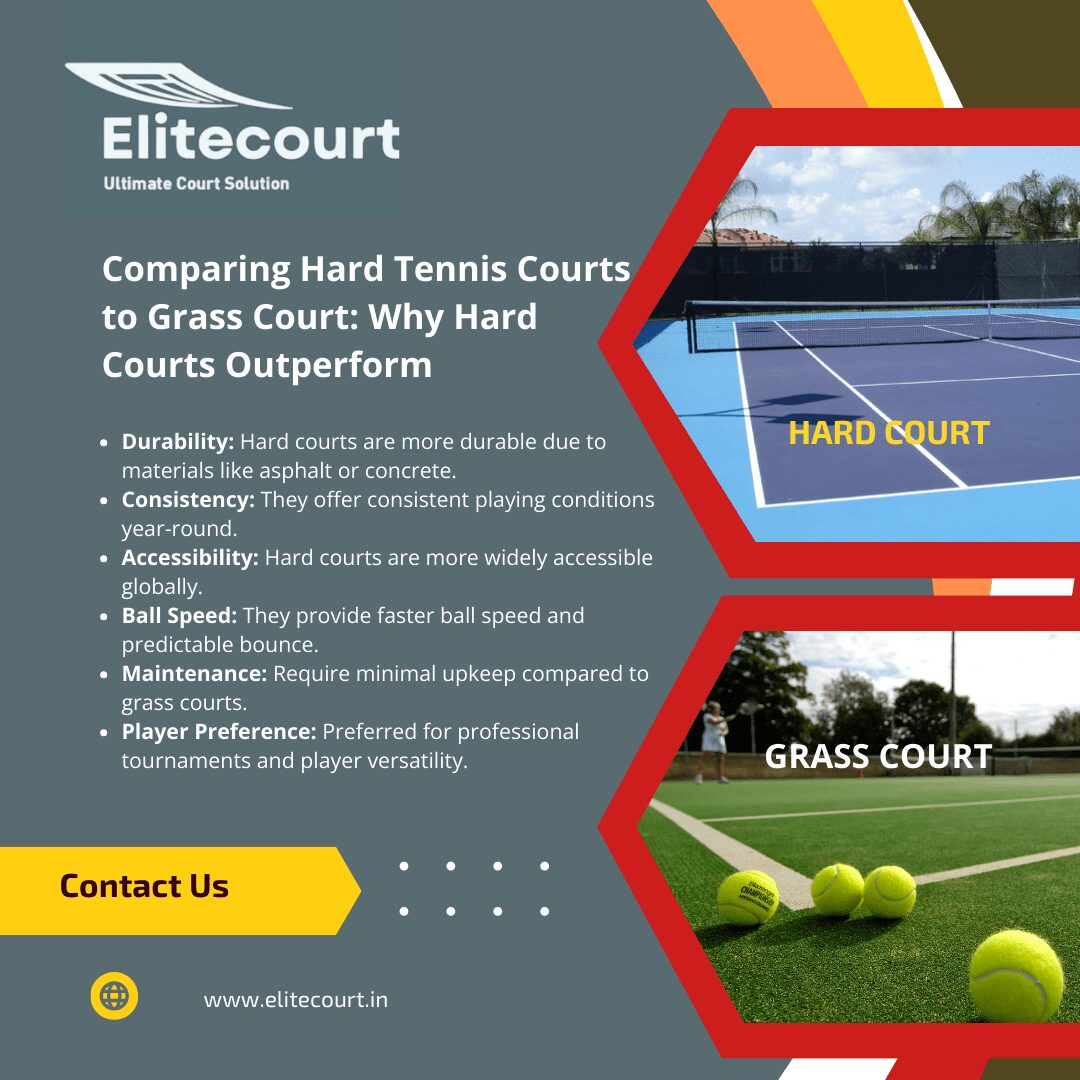
Table of Contents
Advantages of Hard Tennis Courts
Certainly! Here are the advantages of hard tennis courts, presented point by point:
- Durability: Hard courts, typically made from asphalt or concrete, offer exceptional durability compared to other surfaces like grass or clay. They can withstand heavy use and varying weather conditions without significant wear and tear.
- Low Maintenance: These courts require minimal maintenance, making them cost-effective over time. Routine cleaning and occasional resurfacing are usually sufficient to keep hard courts in optimal playing condition.
- Consistent Playing Surface: Hard courts provide a predictable bounce and ball speed, which are crucial for developing and executing game strategies. Players can rely on consistent conditions to improve their skills and performance.
- Versatility: Suitable for various climates, hard courts perform well in both dry and humid conditions. They offer year-round playability without the seasonal limitations associated with grass courts.
- Accessibility: Hard courts are more accessible and widely available compared to specialized surfaces like grass or clay. This accessibility ensures that players have more opportunities to practice and compete on consistent playing surfaces.
- Speed of Play: The faster ball speed on hard courts allows for quicker rallies and enhances the excitement of gameplay. This characteristic is favored by players who prefer a dynamic and fast-paced tennis experience.
These advantages make hard courts a popular choice among tennis players of all levels, from recreational enthusiasts to professional athletes seeking reliable and durable playing surfaces.
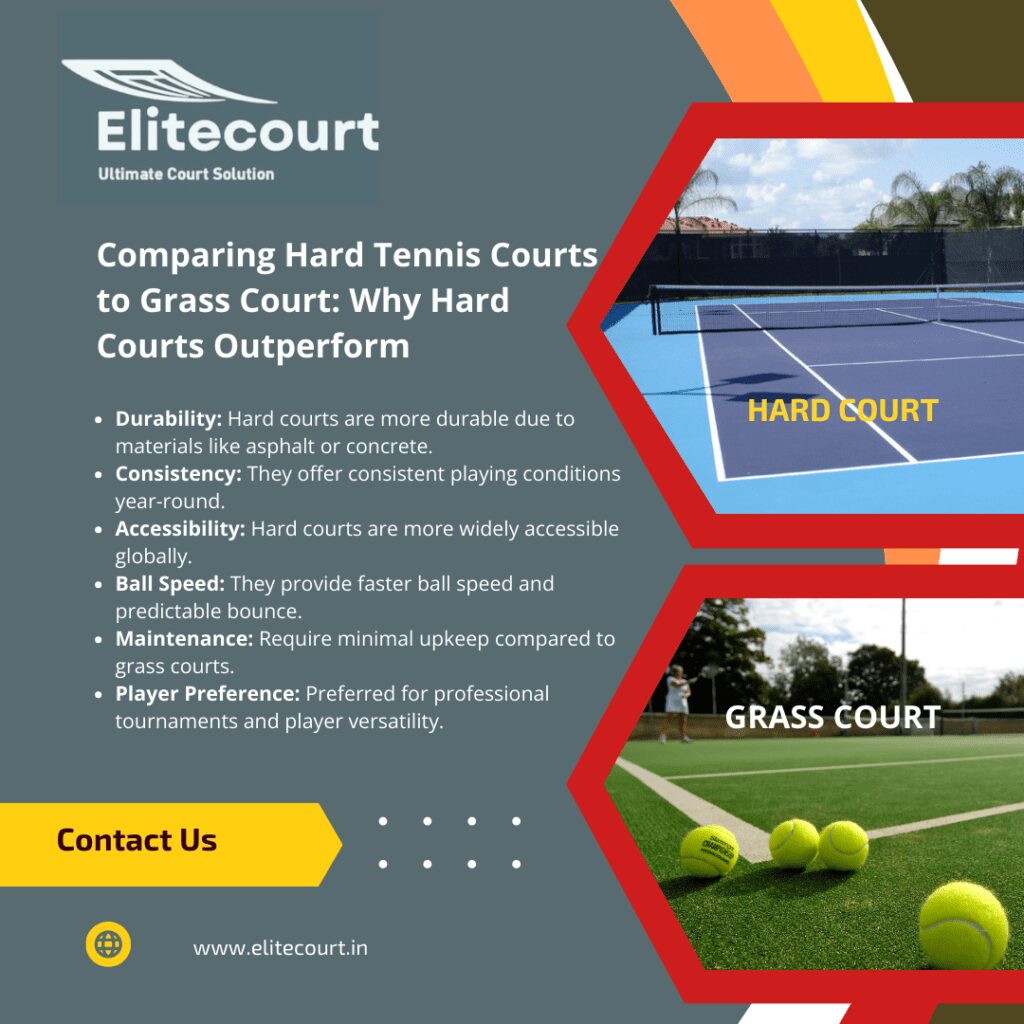
Challenges of Hard Tennis Courts
- Impact on Player Joints and Injuries: Hard tennis courts are known for their rigid and unforgiving surface, which can increase the impact on players’ joints, particularly ankles, knees, and hips. The repetitive stress from playing on a hard surface can lead to conditions like shin splints, stress fractures, and joint pain.
- Surface Hardness and Player Fatigue: The hardness of hard courts can contribute to player fatigue over extended matches or tournaments. Players may experience more fatigue in their legs and feet due to the constant pounding on the unforgiving surface.
- Environmental Concerns: Hard courts can retain heat, especially in warmer climates, creating uncomfortable playing conditions for athletes. The heat retention can make it challenging to play during hot weather, affecting player performance and comfort.
- Longevity of Court Surface: Despite their durability compared to grass courts, hard courts require periodic resurfacing and maintenance to address wear and tear. Over time, the surface may develop cracks or become uneven, requiring repairs that can be costly and disruptive to gameplay.
Is Hard the Right Surface for You?
Choosing the right tennis court surface is crucial for optimizing your playing experience and minimizing potential risks. Here are some considerations to help you decide if a hard tennis court is suitable for your needs:
- Playing Style: Hard courts are versatile and accommodate a wide range of playing styles. If you prefer a surface that offers consistent ball bounce and speed, whether you play aggressively from the baseline or prefer to approach the net, hard courts can provide the predictability you need.
- Injury Risk: Consider your susceptibility to injuries, especially joint-related issues. Hard courts, due to their firm surface, may increase the impact on your joints over time. If you have a history of joint problems or are prone to injuries, you might want to explore surfaces like clay or grass, which offer softer landings.
- Maintenance: Assess the maintenance requirements and costs associated with hard courts. While they are generally easier to maintain compared to grass courts, they still require regular cleaning, repairs for cracks, and periodic resurfacing. Ensure you have the resources and commitment to upkeep the court to ensure its longevity and performance.
- Climate: Consider the climate in your region. Hard courts can retain heat, which may be uncomfortable during hot weather conditions. If you frequently play in high temperatures, you might need to take extra precautions to stay hydrated and manage heat-related challenges.
- Preference for Consistency: If you value consistent playing conditions and enjoy the medium-paced ball speed and bounce that hard courts offer, then this surface may be well-suited to your preferences and playing style.
Ultimately, the decision depends on balancing factors such as playing style, injury prevention, maintenance capabilities, climate considerations, and personal preferences. Evaluate these factors carefully to determine if a hard tennis court is the right surface for your tennis game.
Advantages of Grass Courts in Tennis
Grass courts offer a unique playing experience that sets them apart from other surfaces like hard courts or clay. Here are the key advantages of playing on grass courts:
- Speed and Bounce: Grass courts are known for their fast playing surface. The ball travels quickly and bounces low, which rewards players with strong serve-and-volley skills. This characteristic makes grass courts particularly exciting for fans and challenging for opponents.
- Soft Landing Surface: Unlike hard courts, grass courts provide a softer landing surface. This can reduce the impact on players’ joints, minimizing the risk of injuries like shin splints or stress fractures. The cushioning effect of grass is appreciated by players who prefer a gentler surface.
- Variety in Playing Style: Grass courts encourage a variety of playing styles, but particularly benefit players who excel in aggressive, attacking play. The fast-paced nature of the surface rewards quick reflexes and decisive shot-making, making it a favorite for players who thrive on quick points.
- Tradition and Prestige: Grass courts have a long-standing tradition in tennis, especially highlighted by prestigious tournaments like Wimbledon. Playing on grass evokes a sense of history and reverence for the sport’s origins, adding to the allure of competing on such hallowed grounds.
- Cooler Playing Conditions: Grass courts tend to stay cooler than hard courts during hot weather. This can be advantageous for players and spectators alike, providing a more comfortable environment for extended matches and intense rallies.
- Tactical Challenges: The unique characteristics of grass courts pose tactical challenges for players. The low bounce and fast speed require quick adjustments and strategic thinking, testing the versatility and adaptability of competitors.
- Aesthetic Appeal: The lush green surface of grass courts creates a visually appealing backdrop for tennis matches. The contrast of the vibrant green against the white lines and colorful attire of players adds to the aesthetic charm of the game.
- Environmental Considerations: Grass courts typically require less water and fewer chemicals compared to maintaining hard courts. This makes them a more environmentally sustainable option for tennis facilities looking to reduce their ecological footprint.
Challenges of Grass Courts in Tennis
Grass courts, while offering a unique and prestigious playing surface in tennis, come with their own set of challenges that players and facilities must navigate:
- High Maintenance Requirements: Grass courts are notorious for their demanding maintenance needs. They require frequent mowing, watering, fertilizing, and reseeding to maintain the quality of the playing surface. This intensive upkeep can be labor-intensive and costly for tennis clubs and facilities.
- Weather Sensitivity: Grass courts are highly sensitive to weather conditions, particularly rain and humidity. Wet grass can quickly become slippery and affect the ball’s bounce and player movement. Matches on grass courts may be delayed or interrupted due to inclement weather, impacting scheduling and player readiness.
- Surface Wear and Tear: Due to the natural characteristics of grass, the playing surface can wear out quickly with constant use. Areas of heavy foot traffic, such as baselines and service boxes, may become worn down and uneven, requiring frequent reseeding and repairs to maintain a consistent playing surface.
- Limited Durability: Compared to hard courts or synthetic surfaces, grass courts have a shorter lifespan. The natural grass can deteriorate over time, especially with intensive play and adverse weather conditions. Tennis clubs must invest in regular renovations and refurbishments to keep the courts in playable condition.
- Cost Considerations: Maintaining grass courts involves significant financial investment in equipment, labor, and materials. Clubs may need to allocate substantial resources to ensure the courts meet playing standards and safety regulations, which can strain operational budgets.
- Availability and Accessibility: Grass courts are less common than hard courts or clay courts, limiting accessibility for recreational players and local communities. Access to grass courts may be restricted to certain clubs or facilities that can afford the maintenance and upkeep costs associated with these surfaces.
- Environmental Impact: Despite their natural appeal, maintaining grass courts can have environmental implications. Water consumption, chemical usage for fertilization, and energy expenditure for mowing contribute to the ecological footprint of tennis facilities. Efforts are ongoing to develop sustainable practices in grass court maintenance.
- Adaptation Challenges for Players: Players accustomed to playing on other surfaces, such as hard courts or clay, may find it challenging to adapt their game to the unique characteristics of grass courts. The fast-paced play and low bounce require quick adjustments in strategy and shot execution, testing the versatility of competitors.
Is Grass Right for You?
Deciding whether grass courts are the ideal playing surface for your tennis needs involves considering several key factors:
- Playing Style: Grass courts are known for their fast-paced, low-bounce characteristics, which favor players with strong serve-and-volley skills. If you excel in quick reactions and aggressive play at the net, grass courts may enhance your game.
- Injury Considerations: Grass courts offer a softer landing surface compared to hard courts, potentially reducing impact on joints and lowering injury risks such as shin splints or stress fractures. If you have a history of joint problems or prioritize injury prevention, grass courts might be beneficial.
- Maintenance Commitment: Grass courts require meticulous maintenance, including frequent mowing, watering, and reseeding. If you’re willing to invest time and resources into upkeep or belong to a facility that can support these needs, grass courts could be feasible.
- Climate and Weather: Grass courts are sensitive to weather conditions. They may become slippery when wet, affecting playability and safety. Consider the climate in your area and how it may impact your ability to consistently enjoy playing on grass.
- Preference for Tradition: Playing on grass courts carries a sense of tradition and prestige, especially associated with major tournaments like Wimbledon. If you value the historical significance and unique challenges of grass courts, this surface may appeal to you.
- Availability and Accessibility: Grass courts are less common than hard or clay courts, which may limit access depending on your location. If access to grass courts is limited, you may need to prioritize convenience and availability when choosing a playing surface.
- Financial Considerations: Maintaining grass courts can be costly due to ongoing maintenance requirements. Evaluate whether your budget allows for the necessary investments in equipment, labor, and materials to keep the courts in optimal condition.
Ultimately, the decision to play on grass courts depends on balancing these factors with your personal preferences and playing style. Whether you seek the challenge of fast-paced play, value the softer impact on joints, or appreciate the tradition of grass court tennis, carefully consider how grass courts align with your tennis goals and needs.

